Your Cart is Empty
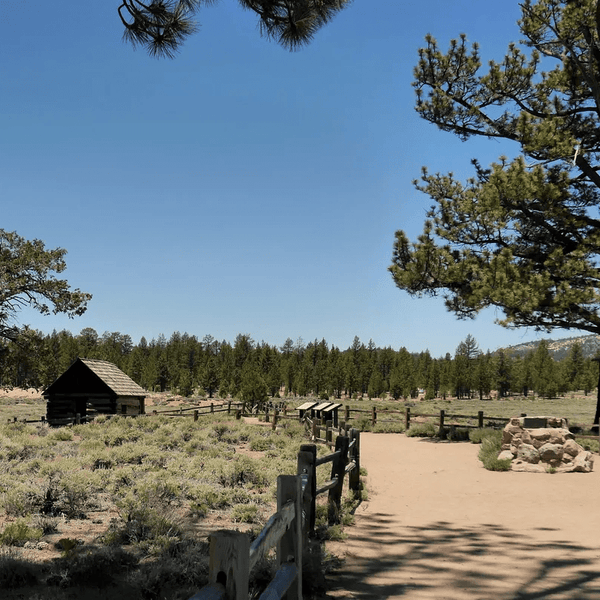
Shop By Vehicle:
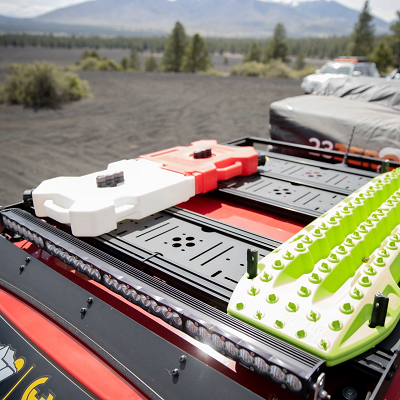
Roof Racks
Bed Racks
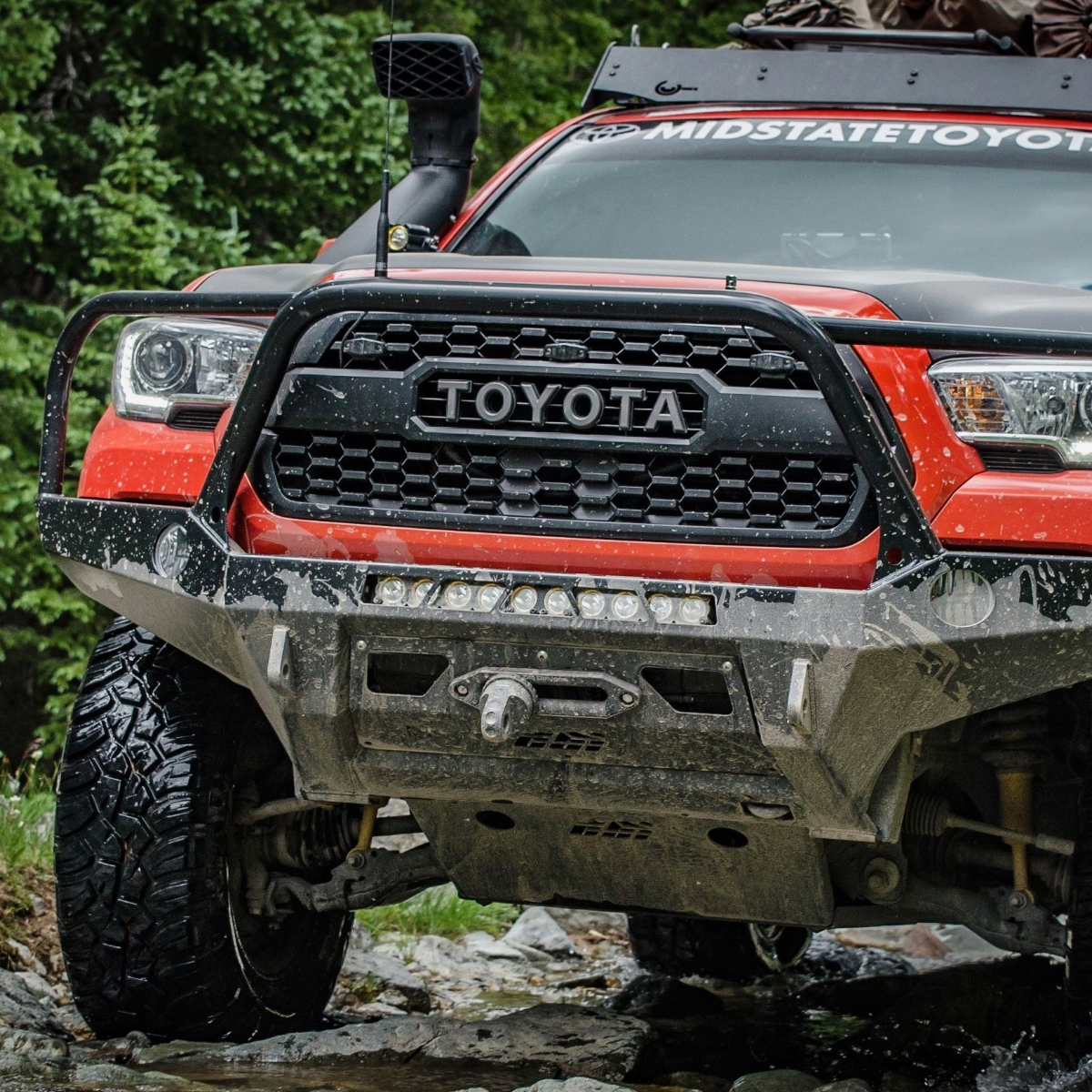
Front Bumpers
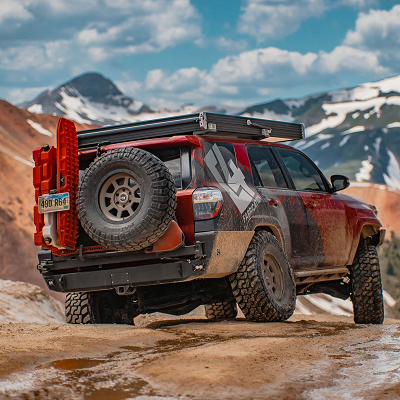
Rear Bumpers
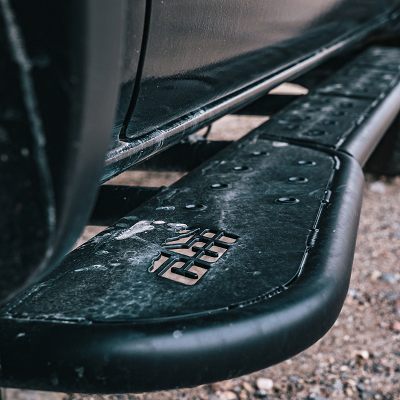
Rock Sliders
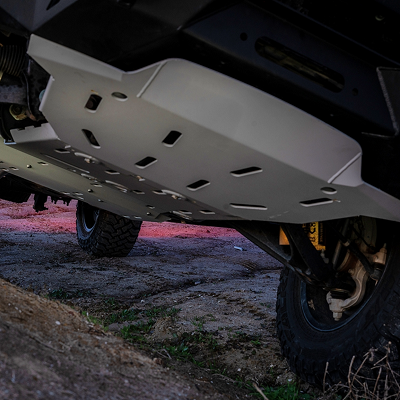
Skid Plates
May 21, 2025 7 min read
After installing and testing five different 4Runner snorkel systems over the past six years, I've discovered there's a substantial gap between the marketing hype and real-world benefits. When a buddy first suggested I install a snorkel on my 5th gen, I immediately pictured myself crossing raging rivers like some kind of Toyota-powered amphibious vehicle. Reality, as it usually does, proved more nuanced.
While my snorkel has provided a constant source of dry air in certain situations, it's important to understand exactly what these systems do and don't do before cutting a large hole in your pristine 4Runner fender. This guide reflects my firsthand experience with major snorkel brands, not just manufacturer claims.

The primary practical benefit of a 4Runner snorkel isn't actually what most people think. While deep water crossings make for dramatic marketing photos, the real advantage comes from elevating your air intake height above the dust level. On group trail runs, your 4Runner can draw cleaner air from a safer location above the dust clouds created by other vehicles ahead of you.
During my Mojave Desert off-road trip, the temperature difference between the air at hood level and the air at roof level can reach 15-20°F. This fresher air improves engine performance not only by being cooler but also by reducing dust intake.
That said, a quality safari snorkel does provide legitimate water crossing protection by relocating your air intake from its vulnerable position near the wheel well to a much higher point, incorporating proper water separation technology. But be realistic, your 4Runner's electrical system, transmission breathers, and differentials can also become a problem before your air box becomes the problem, so no, installing a snorkel won't magically turn your 4Runner into an amphibious vehicle.
Not all snorkels are built the same. Here are the three most common snorkel types on the market:
These traditional designs extend above roof level and feature a forward-facing ram head that can be rotated backward for water crossings. While they're the most visually dramatic, they also create the most wind noise at highway speeds. The increased air intake height makes these the best option for serious off-road enthusiasts concerned about dust intake.
These lower-profile systems typically terminate near the A-pillar, providing moderate elevation without extending above the roofline. They're less obtrusive visually but still relocate the air intake to a safer location above most dust clouds and provide decent protection during water crossings.
For those wanting the benefits without the aesthetic change, hidden systems modify your factory air box within the engine bay or behind body panels. These maintain your 4Runner's stock appearance but provide less elevation for the air intake point. These are more uncommon, and if you do have one of this, it’s almost always a custom job.
Snorkels are an investment; they can protect you from waterlogging your engine while crossing rivers, and at the very least, they’ll make your filters last much longer. Here are some key features to look out for to make sure you’re getting a good snorkel.
After experiencing head cracking on a cheaper snorkel (not even while on a trip, it just broke randomly), I strongly recommend UV-stable polyethylene or high-quality ABS plastic with actual automotive-grade protection. The harsh sun exposure these systems face demands incredibly resilient materials for long-term durability in off-road environments.
Not all snorkel kits flow equally well. Superior systems maintain or improve airflow compared to your factory air box, while poorly designed options can restrict air and reduce performance. The internal channeling matters as much as the external appearance.
Quality systems incorporate proper water separation technology, not just elevated air intakes. My ARB safari snorkel includes internal channels and drain holes that effectively prevent water ingestion even during an unexpectedly deep crossing that had water splashing near the snorkel intake.
The ability to rotate your ram head or adjust intake direction provides valuable flexibility for different conditions. Forward-facing for highway driving and maximum airflow, backward-facing for water crossings and heavy rain to ensure a constant source of dry air.
Through seven years of kitting my personal rigs, our team’s rigs, and customers’ rigs, these three brands of snorkels consistently perform well, making them my go-to recommendations.
I've been impressed with Dobinsons’ balance of quality and value. But what sets the Dobinsons apart is their use of precision CNC-shaped aluminum dies in their rotational molding process, which spits out a level of fit consistency I haven't seen in other brands at this price range.
Another impressive fact about the Dobinsons 4Runner snorkel is their use of high-quality UV-resistant LLDPE (Linear Low-Density Polyethylene) that has maintained its shape and color perfectly despite over a year of harsh Southwest sun exposure. Their specific design for the 4.0L V6 4Runner means the air intake pathway is optimized for this engine, resulting in noticeably better throttle response on hot days compared to the factory air box. During a recent Baja trip where temperatures exceeded 105°F, the increased air intake height consistently delivered cooler, cleaner air to my engine. They’re also backed by a solid 2-year warranty, giving real peace of mind for a modification that requires permanent vehicle changes.

The gold standard in the category, ARB's offering costs more but delivers noticeable quality improvements. Their system features the most effective water separation I've tested and maintains optimal airflow in all conditions.
What impressed me most during trail runs was the complete absence of whistle or wind noise at highway speeds—a common complaint with lesser systems. The mounting hardware and gaskets are clearly designed for decades of service rather than just a few seasons, proving ARB's commitment to creating incredibly resilient off-road products.

TJM's Australian-engineered offering splits the difference between the ARB and Dobinsons in terms of price and features. Their unique selling point is the pre-cleaner system that provides less dust accumulation in your air filter than most other brands.
Their intake design also incorporates sophisticated moisture separation technology that kept my air box completely dry even during monsoon season trail runs. The UV20-UV24 rated material has proven more resistant to sun damage than competitors, and the all stainless steel hardware means zero corrosion issues in wet environments.
During testing in extremely dusty conditions, I noticed significantly less particulate contamination in my air box compared to other systems. Of all the snorkels I've tested, the TJM arguably offers the most aesthetically pleasing design that complements the 4Runner's body lines rather than looking like an afterthought.

Most 4Runner snorkel installations require permanently modifying your factory air box and cutting your fender, making this a commit-or-don't modification. While the included templates make cutting straightforward, the permanence means this isn't a modification to take lightly.
Budget 3-4 hours for installation, and consider professional help if you're uncomfortable with cutting your vehicle. Remember that proper sealing around mounting points and careful handling of fender liners are crucial for preventing water infiltration into your engine bay.
Yes, not all snorkels are built the same, but more importantly, we as enthusiasts have different use cases. Here’s how to match your snorkel to your use habits.
If you're hitting trails occasionally and rarely encounter water crossings, a 4Runner snorkel might be more about the aesthetic than necessity. Consider a ram/cowl style that provides dust benefits without the full safari snorkel look.
For extended backcountry travel, particularly in dusty environments or areas with unpredictable water crossings, a quality snorkel kit that prioritizes providing cleaner air like the TJM Airtec with the pre-cleaner system makes practical sense. The protection from dust intake alone justifies the modification for many overlanders seeking cleaner air for their engines, keeping their air filters cleaner for longer trips.
Be honest about your needs—a snorkel on a mall crawler is primarily an appearance mod. If you're committed to the look, lower-profile options minimize the daily drawbacks while still providing the visual impact and modest benefits from improved air intake height.
After years of 4Runner snorkel use across various off-road environments, my honest assessment is that most owners don't strictly need one, but many will appreciate the benefits. The reduced dust intake and cleaner air provide tangible advantages for serious off-roaders, while the distinctive safari snorkel appearance satisfies the aesthetic desires many owners have.
If you regularly encounter dusty conditions during trail runs or unpredictable water crossings, a quality snorkel kit from Dobinsons, ARB, or other brands represents a worthwhile investment. If you're primarily driving pavement with occasional off-road adventures, the benefit becomes more about the look than practical necessity.
For those on the fence, I typically recommend starting with simpler air intake protection modifications and upgrading to a 4Runner snorkel only when your actual usage patterns justify the investment and permanent modification to your vehicle. When you're ready to commit, focus on UV-stable materials and proper water separation features rather than just appearance.
Feel free to contact us anytime here at Truck Brigade if you have a question about your build! Perhaps you have a specific budget or a certain build you want to work towards to, whatever it is, our experts are ready to help you out!
It shouldn't affect your entire vehicle warranty, but Toyota could potentially deny claims related to engine air intake issues. Most dealers take a reasonable approach if the installation is professional and doesn't compromise the factory air box significantly.
Generally no. Most quality snorkel kits maintain airflow characteristics similar to stock. Some owners report slightly richer running due to cooler air intake temperatures, but it's rarely enough to require adjustment.
Yes, but with caution. I recommend removing the RAM head if possible or selecting touchless washes. The brushes in standard washes can potentially damage your air intake or dislodge components over time.
While the snorkel might allow 30+ inches of water depth for the intake, your electrical components, differentials, and transmission typically limit safe water crossings to around 20-24 inches for a stock 5th-gen 4Runner.
Comments will be approved before showing up.
Sign up to get the latest on sales, new releases and more …